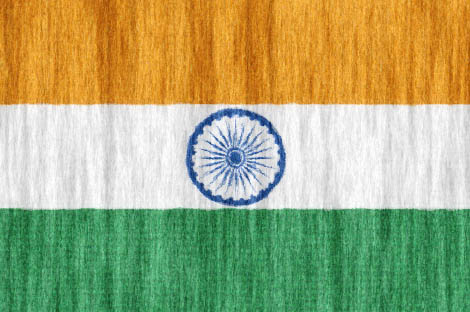Prime Minister Narendra Modi heads to Japan today seeking to capitalise on a close relationship with his like-minded counterpart Shinzo Abe to boost trade between Asia’s second and third largest economies.
The two leaders, both right-wing nationalists elected on a pledge to revive their countries’ economies, also share an interest in shoring up regional alliances to counter an increasingly assertive China.
It will be Modi’s first bilateral visit outside South Asia since taking office, signalling the importance of a nation he said offered “immense scope for co-operation”.
“Japan’s friendship with India is time tested. We are 2 vibrant democracies committed to advancing peace and democracy in the world,” Modi tweeted on Thursday in both English and Japanese.
Modi and Abe, who will meet privately in the historic city of Kyoto today before holding official talks in Tokyo, enjoy an unusually warm relationship.
Modi visited Japan twice when he was chief minister of Gujarat state, and met Abe on both occasions.
The Indian leader was only the third person that Abe followed on Twitter, after his wife and a Japanese politician.
Both men are seen as strong leaders who have championed deregulation to kickstart their countries’ flagging economies.
“The common ground of their policies is expected to benefit both the Japanese and Indian economies,” said Takehiko Yamamoto, an international politics expert at Waseda University.
Both are also leaders of countries embroiled in territorial disputes with China, the dominant regional power.
The United States, Japan’s key ally, is concerned about Beijing’s growing economic and military clout, and would welcome a closer relationship between New Delhi and Tokyo, which geographically bookend China.
“The visit by Modi would offer an opportunity for the leaders to confirm a long-term co-operation in their effort to softly contain China,” said Yamamoto.
Indian foreign ministry spokesman Syed Akbaruddin said Modi’s focus would be to boost Indian exports—he is reportedly travelling with a large business delegation—and seek Japanese support in infrastructural developments.
This could include Japanese investment in new high-speed train networks after the new government said the country’s dilapidated railways needed an “immediate course correction”.
India’s new government has increased limits on foreign direct investment in defence and did away with them altogether for the railway industry.
Modi is seeking to build the country’s first bullet train line to run between Mumbai and Ahmedabad, as well as a network of high-speed railways.
Japan is famous for its “Shinkansen” bullet train system, but rival China has had more success exporting its technology at lower prices.
The two leaders are also expected to discuss restarting negotiations on nuclear energy, suspended since Japan’s Fukushima nuclear disaster in 2011.
India suffers crippling power shortages and desperately needs to buy in more energy.
Trade between India and Japan has steadily increased over the last decade, and the two countries signed a free trade pact in 2011.
Japan is India’s fourth-largest investor, with Japanese firms involved in infrastructure projects including building the Delhi Metro, while Japanese automakers have long been churning out cars in India.
Next week the two countries will reportedly sign an agreement that will see Japan import around 2,000 tonnes of rare earths from India, as Tokyo looks to diversify supply away from China.
Modi was initially scheduled to travel to Tokyo in early July, but altered his plans to be in India for his new government’s first budget session since its landslide election victory in May.



